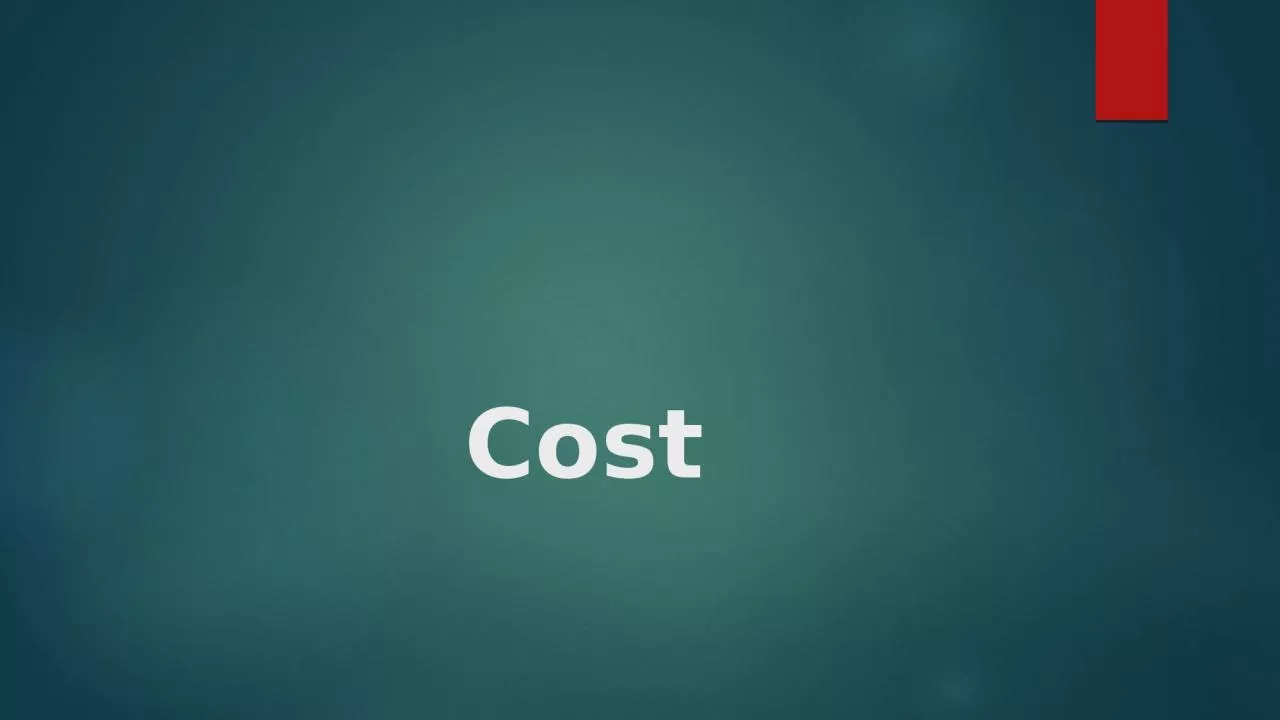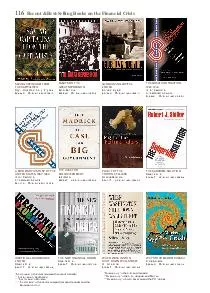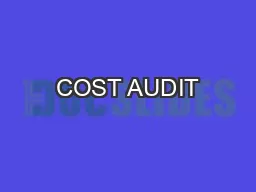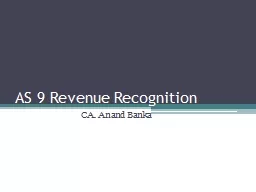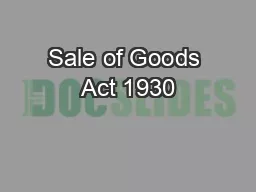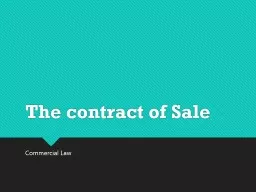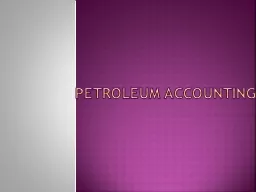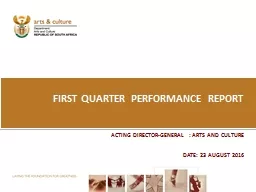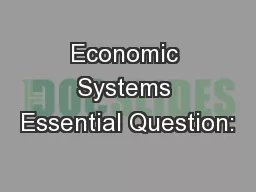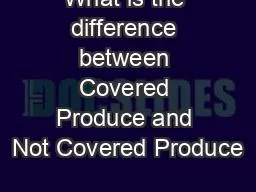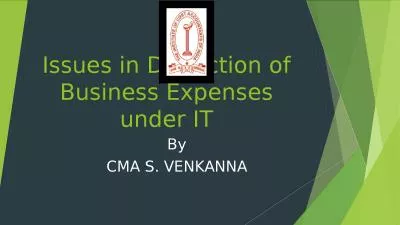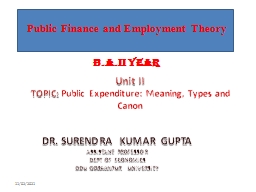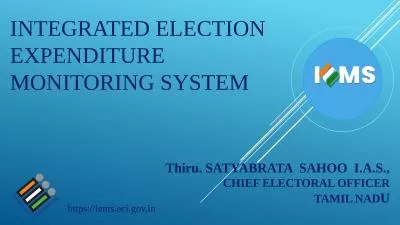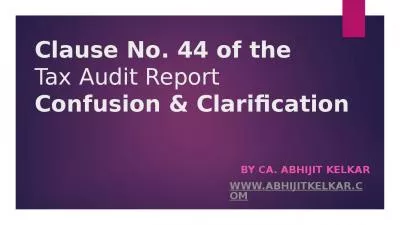PPT-Cost Cost: A cost is an expenditure incurred by a firm to produce goods and services for
Author : anya | Published Date : 2023-09-20
The following are the various types of costs Direct costs or explicit costs Indirect costs or implicit costs Fixed costs Variable costs Accounting costs Economic
Presentation Embed Code
Download Presentation
Download Presentation The PPT/PDF document "Cost Cost: A cost is an expenditure incu..." is the property of its rightful owner. Permission is granted to download and print the materials on this website for personal, non-commercial use only, and to display it on your personal computer provided you do not modify the materials and that you retain all copyright notices contained in the materials. By downloading content from our website, you accept the terms of this agreement.
Cost Cost: A cost is an expenditure incurred by a firm to produce goods and services for: Transcript
Download Rules Of Document
"Cost Cost: A cost is an expenditure incurred by a firm to produce goods and services for"The content belongs to its owner. You may download and print it for personal use, without modification, and keep all copyright notices. By downloading, you agree to these terms.
Related Documents

